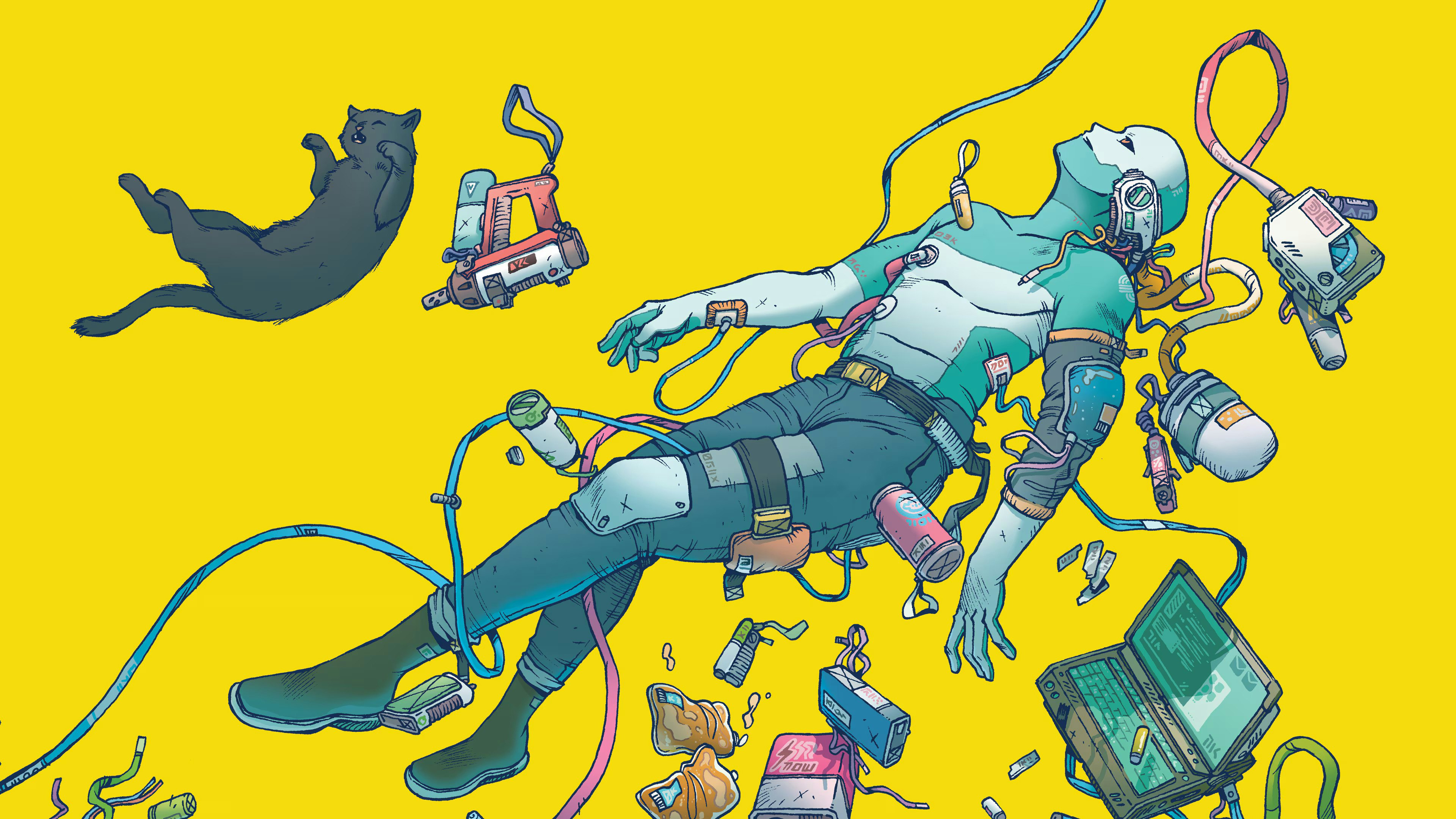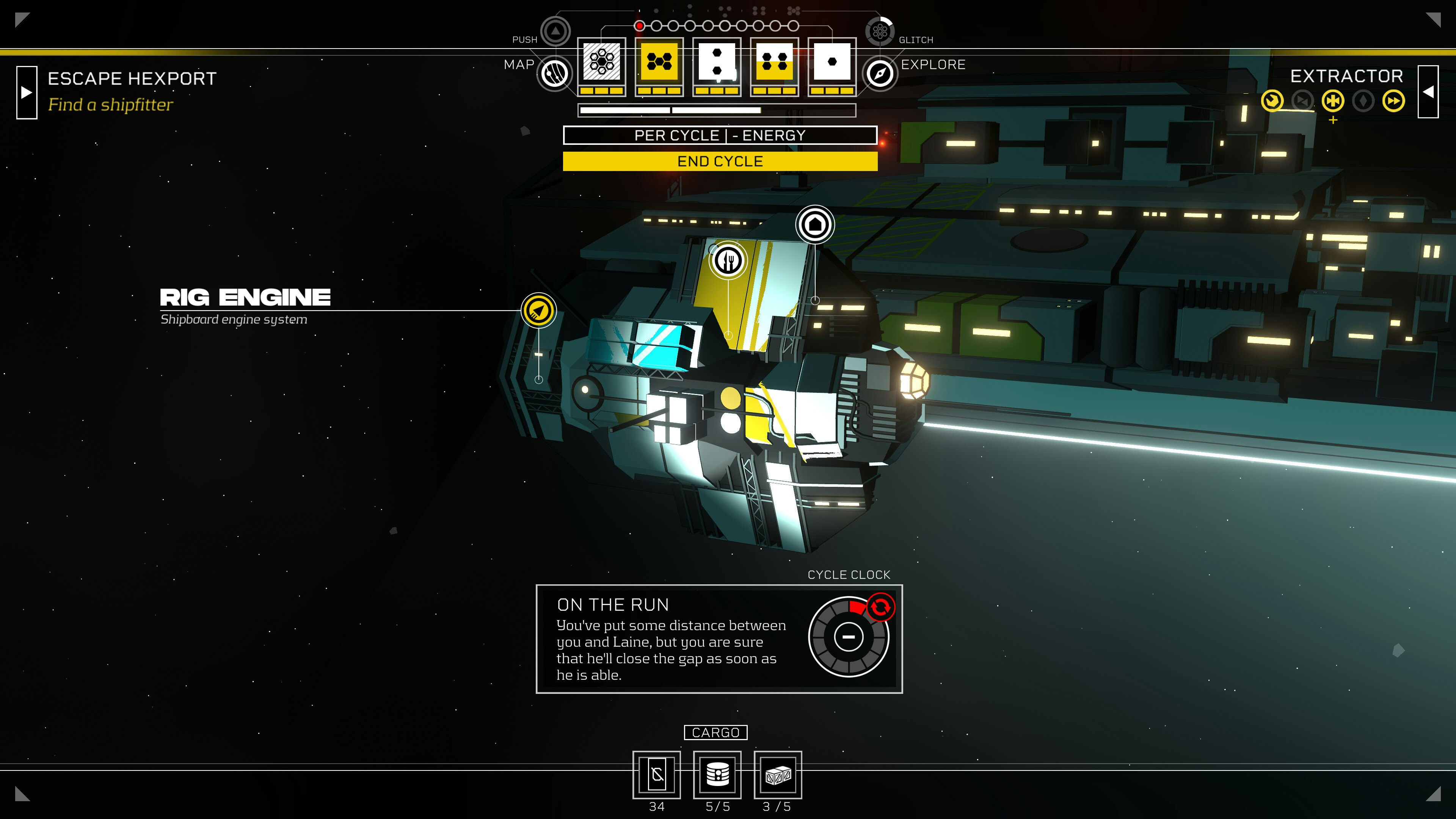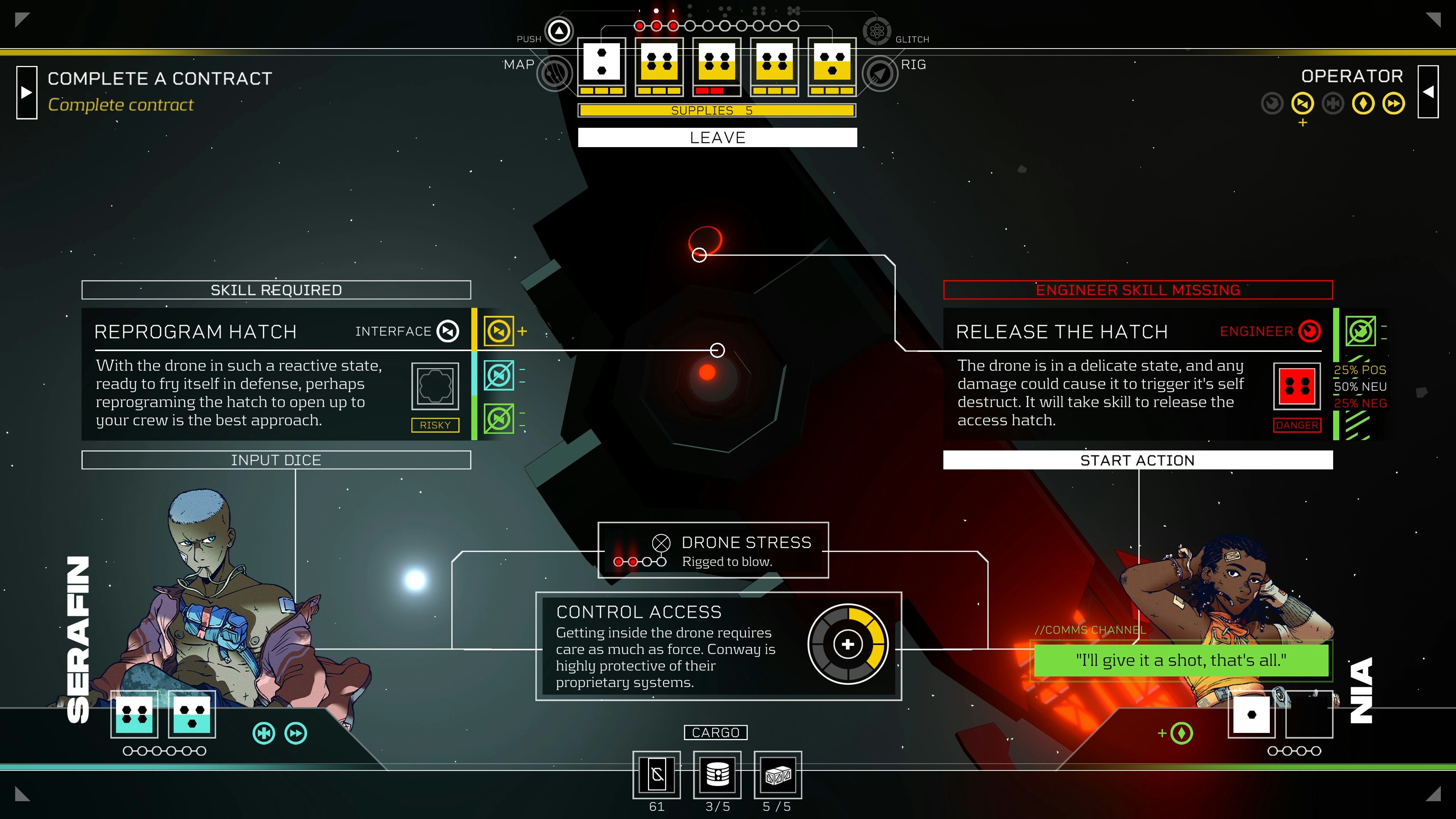
The best RPG of 2022 is getting a sequel next year and you can play a demo for it now. No, I’m not talking about Elden Ring or Xenoblade Chronicles 3. The tabletop RPG-inspired Citizen Sleeper 2 builds on the first game’s moving story and incredible dice-based skill system, and from the short time I’ve now spent with its demo, it could even be poised to exceed the original.
Citizen Sleeper 2 begins like the first game, with your Sleeper — a cloned human consciousness stuffed into a robotic shell — awakening on an unfamiliar space station. In the original, you’d stuffed yourself into a shipping container to make your way to the new station and escape the corporation holding you captive. This time around, it’s even worse. You wake up with no memory of who or where you are, since you’ve been woken up in the middle of a hard reboot. As you quickly learn, you’ve been awoken by Laine, a criminal who you’re indebted to, and the reboot was being performed by your partner Serafin to cut your dependence on Stabilizer.
More than just a narrative device, your rude awakening plays into some of Citizen Sleeper 2’s most interesting mechanics. The original game required you to take Stabilizer every few days to keep your mechanical body working. There’s no more Stabilizer this time around, but due to your reboot’s interruption, you’re not operating at 100 percent. The game’s new stress system is a harsh replacement pulled from tabletop RPGs like Blade in the Dark.
Dice rolls determine your success in most actions, whether you’re negotiating with an employer or hacking into a computer. Fail a dice roll or use a special ability that lets you reroll dice and you’ll accumulate stress, which has some serious consequences if you let it build up. Once you have enough stress, your dice will begin taking damage when they land on certain numbers, until they eventually break and become unusable until you repair them. The stress system turns every roll into a risk, and the more you push yourself in the face of tough odds, the more likely your dice are to fail you later. My biggest critique of Citizen Sleeper is that the mechanical stakes never feel as serious as the narrative ones — that’s no longer the case in the sequel.

Stress is especially important on contracts, the biggest change in Citizen Sleeper 2. Rather than a loner scraping by on odd jobs, you have control of your own ship, which you’ll use to take on bigger, riskier missions with the help of your crew. Contracts offer big rewards, but the price of failure can be massive. Stress builds up quickly on contracts, and if you don’t handle it well, you could be worse off than you were when you took the job. If the demo’s main job is any indication, contracts are going to be tough. Just like your character, contracts have their own stress tracker. Every few points of stress causes something to go wrong, which you need to fix quickly to finish the job. Fill a contract’s stress meter entirely and you’ve botched the job to head home empty-handed. With each roll of the dice in the demo’s final contract, I felt myself tensing up, wondering more and more if my crew would make it out of this one alive.
Crewmates aren’t just faceless hired hands, either. Each one is a fleshed-out character who brings their own baggage along with their skills. In the demo, I recruited a woman named Nia, who totally saved me on the contract we did together, but also got me in hot water with her overbearing brother, who was peeved that she joined my crew instead of helping her. Juni, another recruitable companion, is even more trouble. Depending on how your contract with her goes, you can end up losing your payment, making an enemy of your employer, or facing a tough moral dilemma out in the perilous void of space.

Citizen Sleeper’s biggest strength is its writing, and nothing has been lost in the sequel. Having to build your own crew and do jobs with NPCs gives them more chances to endear themselves to you — or stab you in the back. The crew system in Citizen Sleeper 2 is maybe the most promising part of it all, but also raises the most questions. By the end of my demo, I had a rocky relationship with basically everyone I’d encountered, and some members of the crew openly distrusted each other. I’m curious to see how much you’re able to play up that drama, which is one of the best parts of actual tabletop RPGs.
However those character dynamics shake out, the writing in Citizen Sleeper 2’s dialogue and descriptions is already clearing the high bar of the original, and the game’s mechanical tweaks make its dice-based action far more engaging. Citizen Sleeper 2 is set to launch sometime in 2025, but if you want to try it out early, you have until the end of Steam Next Fest on October 21 to play the demo.







